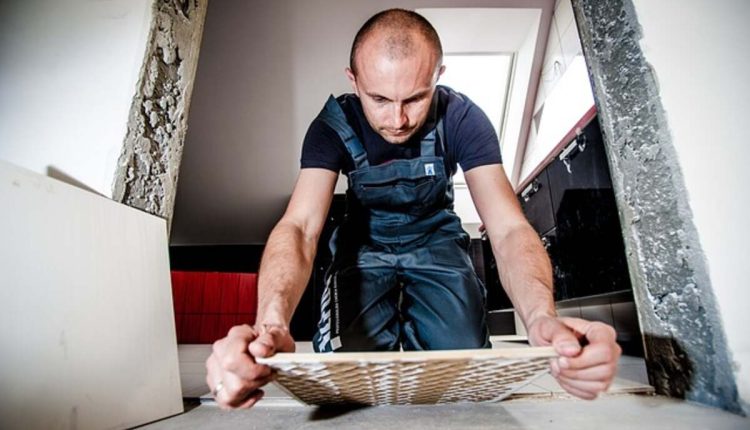How to Grout Tile: A Guide for Installing Ceramic Tile
Although laying ceramic tiles may appear to be a straightforward project, there are quite a few variables to consider and calculations to make before beginning the installation. It’s quite frustrating to lay beautiful flooring only to have it dismantled and rebuilt because of carelessness or oversight.
One of the most crucial aspects of installing a ceramic floor is mastering the art of grouting the tiles. If you want to install ceramic tiles properly the first time, there are a few easy steps you may take.
An essential last step is selecting a grout that holds up well throughout the year. Most grout can be used in high-moisture regions without issue, but it is not impermeable and will pull moisture through to the underlayment if exposed. Applying a sealant every few years will keep water from seeping through the grout and damaging the tiles.
Grout for ceramic tiles typically comes in two forms: sanded and unsanded.
Sand-Free Grout
Grout with a cement basis, such as non-sanded grout, is frequently used in homes, particularly for ceramic tile installations on floors and walls. Grout not sanded is not recommended in gaps smaller than 1/8 inch.
Grout with Sand
Sanded grout is predominantly cement and contains excellent sand particles. Supporting more significant volumes and greater loads makes it more robust and heavier. This grout is best utilized for joints 1/8″ or more apart.
Adhesive Epoxy Mortar
One more option exists, but this time it’s an epoxy-based grout. It’s a fantastic option due to its various advantages, regardless of the room in which the ceramic tile is installed. This thick epoxy has the toughness of concrete and is impervious to water, stains, and fading. Because it inhibits the growth of bacteria, it is also an excellent option for use in the house.
Epoxy grout is more expensive than other types, but many consider it worthwhile because it doesn’t need to be sealed every few years.
Use of Grout
You’ll need water, a rag, and a rubber grout float to properly apply the grout to your ceramic tiles.
Grout should be thick and semi-viscous, like brick mortar, before being applied on tiles. Wetting and wiping off the tiles beforehand will assist in maintaining a sanitary environment and distributing the grout uniformly.
Always break up a large workspace into more manageable sections no larger than 3 square feet. This will allow you to grout neatly without worrying about the other sections drying too quickly.
Add enough grout to the damp area and evenly push it into the grooves with the rubber grout float to avoid air pockets. Grout should be applied by dragging it diagonally across the joints. You can leave divots in the seams if you drag the float in a direction perpendicular to the lines.
While working on other places, give the grout time to set, but don’t forget to remove any excess from the tiles. Wipe the grout from the tiles with a broad, slightly damp sponge. Remember that if you press too hard on the tiles, they may shift out of place.
It must cure for at least 24 hours before walking on it, so keep rinsing and wiping carefully without disturbing the main grout lines.
Check out Calgary Tile’s Installation Guide for additional info.
Calgary Carpet Installation: Where to Find It, Carpet Installation Calgary
Read also: How you can Remove Pet Stains on Carpet and Upholstery


